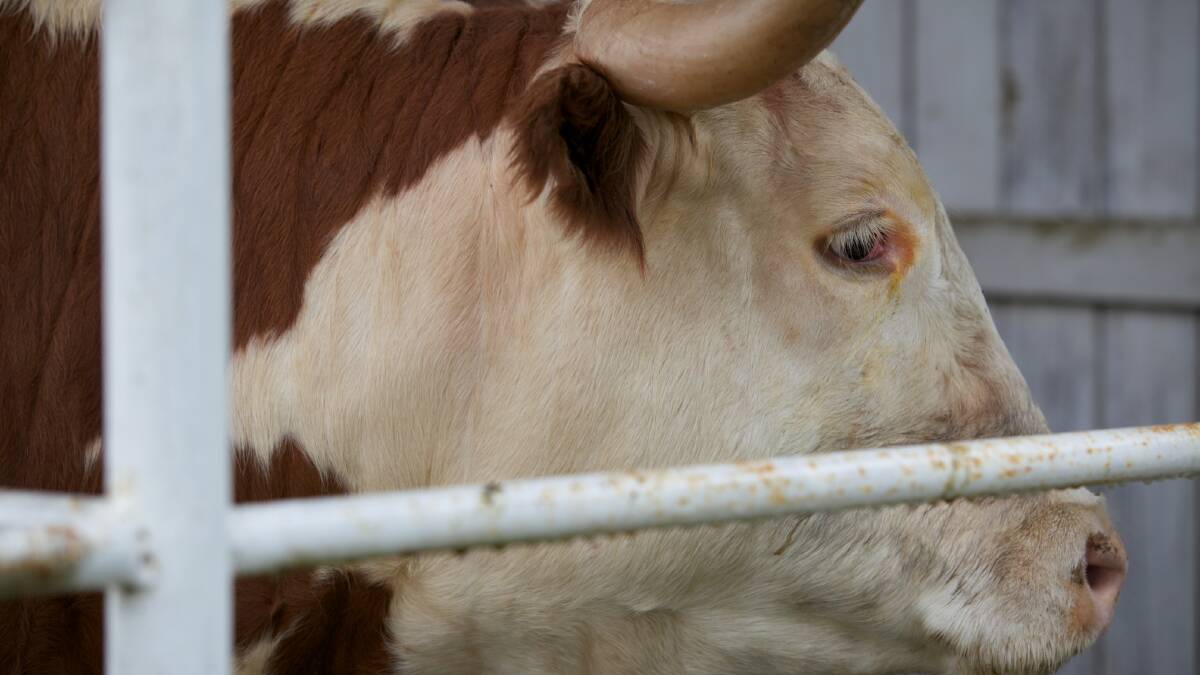The National Livestock Identification System (NLIS) is Australia’s system for the identification and traceability of cattle, sheep and goats.
Subscribe now for unlimited access.
$0/
(min cost $0)
or signup to continue reading
South East Local Land Services is reminding land managers that compliance with NLIS is critical to providing lifetime traceability for livestock and improving disease and residue control.
NLIS also underpins market access for livestock and their products and deserves part of the credit for the increase in market value of Australian cattle. In NSW, NLIS requirements are enforced under the Stock Diseases Regulation 2009.
District Veterinarian, Kate Sawford said regulation requires all cattle, sheep and goats to be identified with a permanent identifier (NLIS device) before they leave the property on which they are kept.
“Over the past three months there has been a notable increase in the number of cattle emergency tags sold through the Braidwood saleyard with the majority of tags going into untagged cattle,” Dr Sawford said.
The maximum penalty for committing the offence of sending stock into the saleyard without an NLIS device is $550 when a penalty notice is served, or $11,000 were such a matter to be taken to court.
As of 1 November 2016, producers must comply with NLIS tagging requirements at the Braidwood saleyard to avoid being issued a warning letter and, in the case of repeat non-compliance, a penalty notice and possible court action.

Each time livestock are bought, sold or moved from one property to another that movement must be recorded on the NLIS database. If livestock are bought, sold or moved through a saleyard, this movement is recorded by the saleyard. For private sales (i.e. sales and movements that do not take place via a saleyard), the buyer/receiver of the livestock must record the livestock movement onto their property. The vendor/sender of the livestock is not obligated to record the movement off their property, although they may do so.
Recording all stock movements in the NLIS database is critical to ensuring stock have lifetime traceability. Lifetime traceability is a requirement for beef destined for the European Union, and may be required by other markets in the future. To maintain lifetime traceability cattle must carry a white NLIS breeder device that was attached on their property of birth and there must be no gaps in the movement history of cattle as recorded on the NLIS database. Recording stock movements is also critical to ensuring the NLIS database reflects the ‘real world’ situation on farms. Information from the NLIS database would be critical in the event of an emergency animal disease outbreak or natural disaster.
The first step in recording movements on the NLIS is ensuring you have access to the database. You can register or log in to the NLIS by visiting www.nlis.com.au. Once you have access you can have a look at the devices on your property by going to ‘view devices on my property’. The list generated should reflect all of the tags that are in cattle as well as any tags you have bought but yet to apply to stock. Remember that white tags, or breeder devices, are applied to animals born on your property, while orange tags, or post-breeder devices, are applied to animals not born on your property (i.e. can be used to replace lost or damaged devices for cattle introduced to your property).
Many people find that when they log onto the database for the first time there are a number of devices on their property that should not be there, either because animals have been bought or sold, tags have gotten lost, or animals have died. The next step is to do a PIC reconciliation to ensure the database accurately reflects the animals and tags on your property.
There is an excellent user guide available under ‘Help tools’ on the NLIS website. If you have difficulty with your NLIS account further support is available on 1800 654 743.

